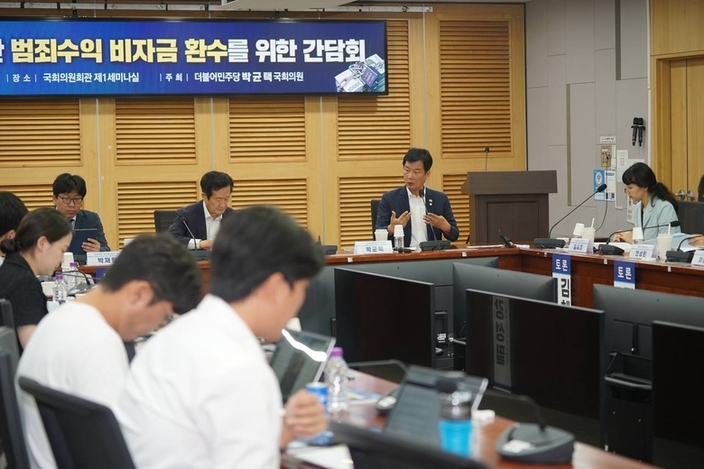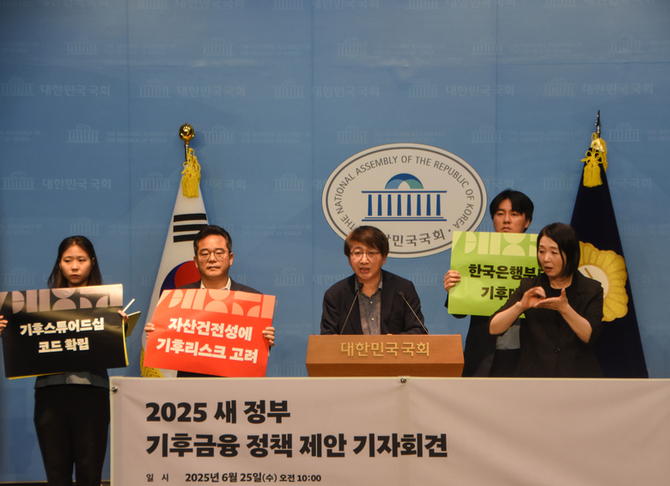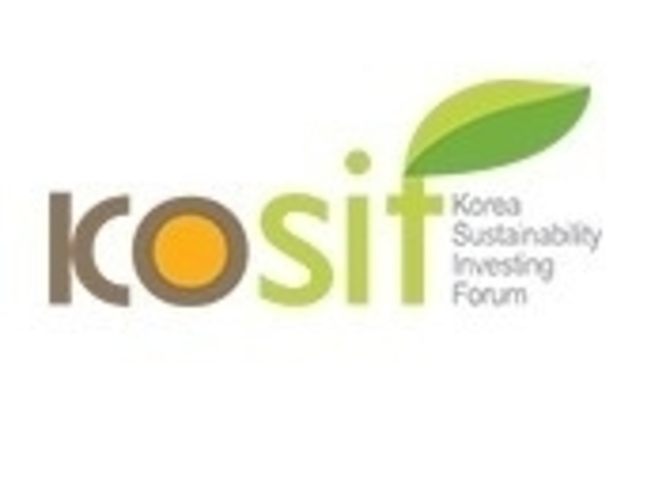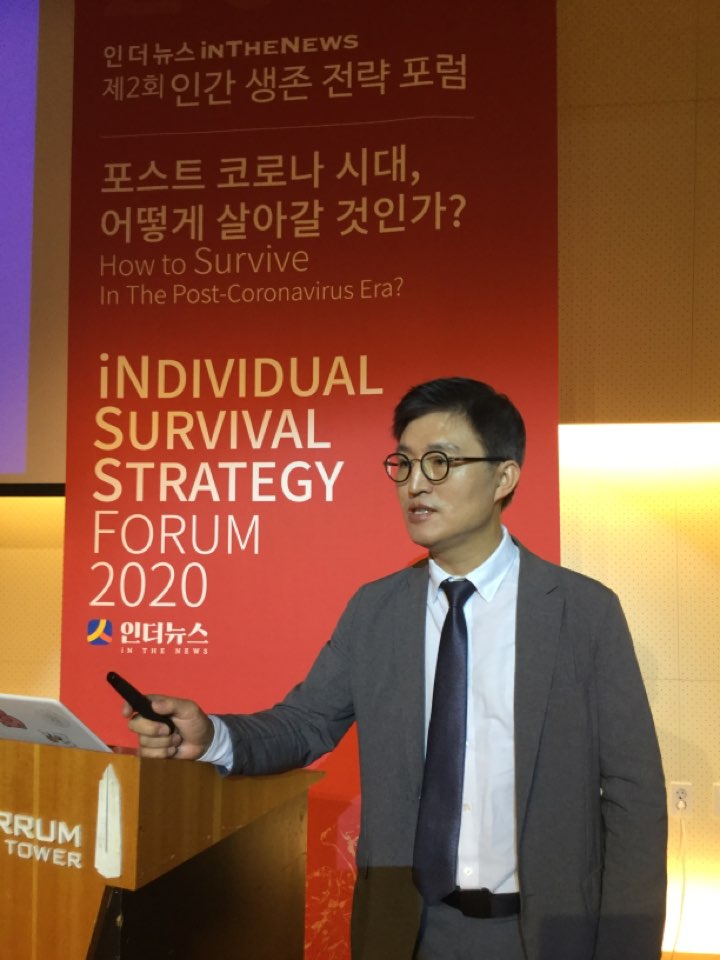
[iN THE NEWS Jiyoung KWON] The COVID-19 Pandemic, A new infectious disease that is difficult to experience once in life.
At the end of last December, China reported an outbreak of COVID-19, with cases of patients with pneumonia of unknown etiology, to the World Health Organization (WHO). Now, after 6 months, the impact is beyond imagination. As this unexpected situation unfolds, direct damage such as the occurrence of death, as well as socio-economic damage, is spreading. As of July 7, the number of confirmed cases in the world is over 10 million and the number of deaths is at least 500,000. Compared to the 2009 H1N1 (swine flu) pandemic, with about 1.36 million patients and 19,000 deaths, this COVID-19 pandemic is much more serious. The problem is that, given the highly contagious power of the coronavirus, the impact of the second epidemic of the disease will be worse through the fall and winter of this year. About 100 years ago, in 1918, the Spanish flu virus infected a quarter of the world’s population (1.8 to 1.9 billion) and killed 50 million people. Because the second outbreak was more devastating at the time, the concern about COVID 19 is growing.
Viruses have infected humans since the start of human civilization
We have found the solution to infectious diseases that already existed in our bodies by developing treatments and vaccines. However, the damage caused by cross-species infections between animals and humans lasts for a considerable time, and it takes a long time to find a solution. Such infectious diseases can be traced back through human history. It was 8,000 years ago that the era when people hunted animals to obtain food transformed into the era when people raised livestock such as cattle and sheep to survive. Instead of stably obtaining food, humans took over infectious diseases from animals.
The problem is that cross-species transfer of viruses is becoming more frequent as humans try to quickly expand their domain through technological developments. The Spanish flu (pigs) of 1918-1919, AIDS (monkeys) that started in 1920, Ebola virus (monkeys) in 1976, bird influenza (birds) in 1997, SARS (civets) in 2003, and MERS (camels) in 2012 were all infectious diseases that infected humans through cross-species transfer.
Infectious diseases have changed human history both in the past and present. The black plague of the middle ages
It has been less than a year since this COVID-19 pandemic, but it has made a lot of changes in our daily lives and demanding further changes. Infectious diseases in the past have changed the system of civilization based on disastrous results that are incomparable to the present.
The best example would be the black plague. The plague enetrated the human body through fleas attached to rodents such as mice. In the case of respiratory plague, human-to-human infections occurred, and in the Middle Ages, the mortality rate reached 50%. The plague, which struck with famine in medieval Europe in the 14소 century, killed 30 to 40 million people, which is about 20-30% of the European population at the time. As a result, the Hundred Years’ War between France and England was halted, and serfdom was abolished due to a large labor shortage in Europe. Eventually, great socioeconomic turmoil such as famine, war, and plague disrupted the medieval worldview centered on gods and feudal monarchs and lead the medieval era to the Renaissance.
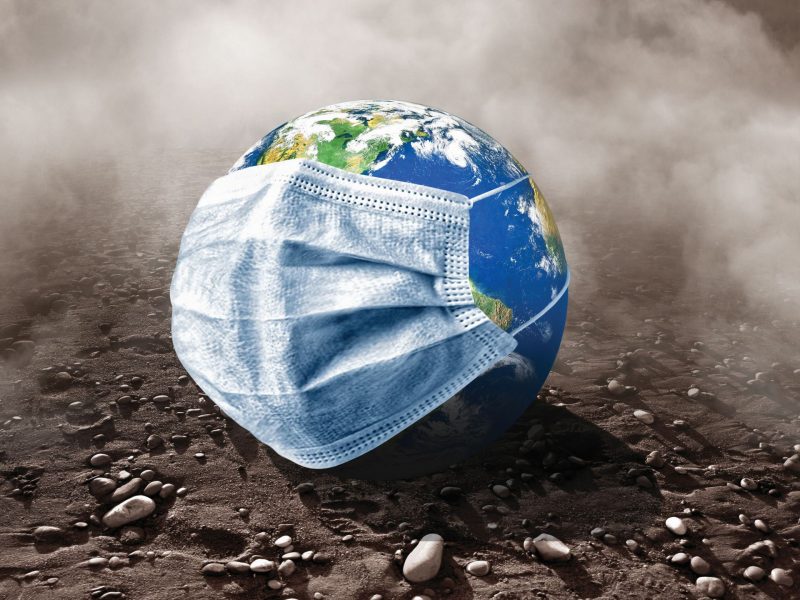
The structure of modern society that pursues advancement and convenience is more vulnerable to infectious diseases
The problem is that the more advanced our society is, the more vulnerable it is to infectious diseases. The first reason is connectivity and mobility. Human movement has never stopped in our 5 million year history, but the speed of our movement has never been faster. We can travel anywhere on the planet in a single day, and viruses can travel at the same speed. It is a clear example that COVID 19 has spread through the world’s major hub cities. The second reason is the creation of a dense, closed, and close environment due to urbanization. The logic of Ulrich Beck, “the more convenience is pursued in the pursuit of technology development and efficiency, the more we go to a risk society” applies equally to the problem of infectious diseases. The last reason is the increase in population.
There was no drastic increase in the global population due to wars, famines, and diseases, but there was a significant increase in the 20th century, thanks to medical advancements and technological developments. The human population increased rapidly, reaching four times what it was 100 years ago when the Spanish flu was spreading (1.8 billion to 7.7 billion). In 2050, the global population is expected to exceed 10 billion people. This increase in the population of one species is unprecedented in Earth’s history. From the perspective of a virus, this population increase means there are more carriers.
The emergence of new infectious diseases continues. The human population increases and viruses go beyond species
These viruses, bacteria, and other microorganisms contributed to the birth of the human species 4.5 billion years ago in the history of the earth. Cyanobacteria, which is the first microorganism in the world, changed carbon dioxide into oxygen little by little for over 1 billion years. Mammals were born on the land about 2 billion years ago, which led to the bipedal human species about 6 million years ago, resulting in modern-day homo sapiens. We humans have expanded our territory under the pretext of advancement or civilization and viruses continuously jumped between species as a survival strategy.
Humans temporarily stopped moving due to such infectious diseases, but they always restored their connectivity and mobility in some way. According to the International Civil Aviation Organization (ICAO), in the past, flights were temporarily stopped due to MERS, SARS, and swine flu, but most of them were restored to their original state within a year. Our desire to fly further is like Icarus who was unable to plant his roots. Connectivity has transcended spatial limitations through communication technology, and a key example would be video calls in this COVID-19 pandemic.
Going beyond survival, toward coexistence. We must understand the essence of the issue from a global perspective
While the COVID-19 pandemic shows no signs of slowing down, the spread of the COVID-19 epidemic is growing, especially in the US. At this rate, the height of the 2nd wave is bound to be more disastrous. Aside from smallpox, which is the first virus to be completely eradicated in human history, no infectious disease has disappeared from the planet despite the development of treatments and vaccines. Considering the highly contagious nature of COVID-19, it’s highly likely that humans will have to coexist with this disease. The changes in our daily lives and socioeconomic impacts of COVID-19 raise questions regarding how humans should live from now on. Efforts to get rid of COVID-19 in the world through treatments and vaccines are commendable, but this is solely a human survival strategy that does not address the essence of the issue at hand. Whether to coexist with nature or suffer under new infectious diseases is up to us.


